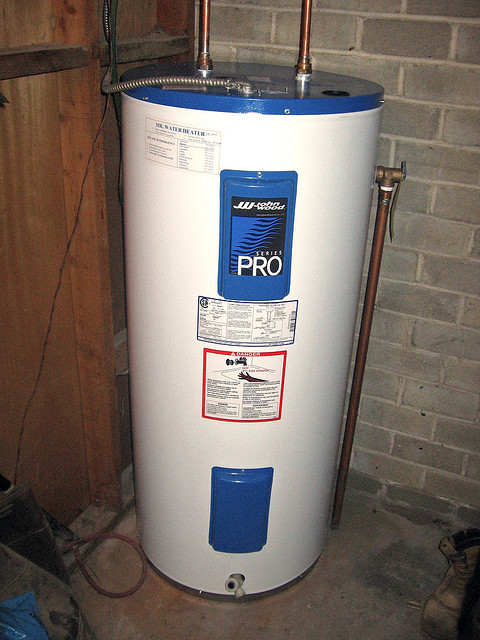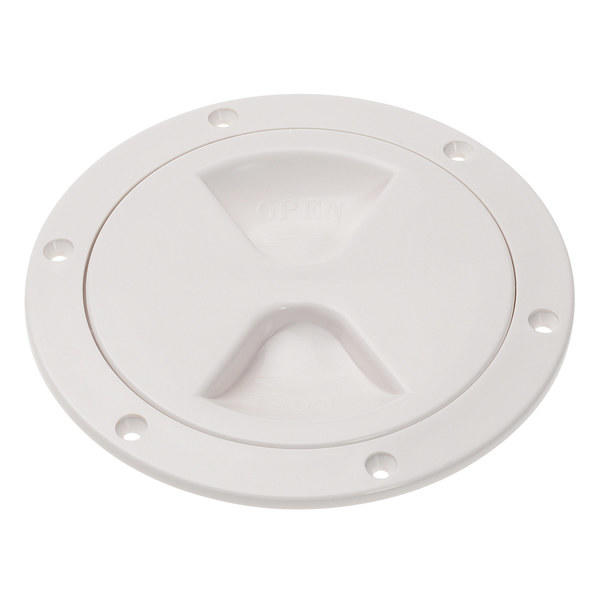On my CMC, I don't remove any tins, just reach back there from above (blind and using your touch sense, only) and with the appropriate amount of cussing and swearing, manage to get them out of there. Usually can't decide whether to use the left hand backwards or the right hand frontwards - usually neither works all that well to begin with.
OK, Art, try this:
Go get a magnetic spark plug socket. Amazon has them, NAPA has them, maybe even Autozone. MUCH better than a socket with those silly rubber inserts that never seem to work well.
https://www.amazon.com/OEMTOOL...ic+spark+plug+socket
Also, get a 2" wobble-end 3/8" ratchet extension. I've found those to work better than a universal joint extension. - a bit more control than the universal. Now, I've gotten straight-shot 2" extensions on plugs for 50 years and only recently inherited a set of wobble extensions. The old straight-shot extensions worked well with a magnetic socket (the holy grail of this exercise) but the wobble thingies help to give you more latitude over there.
https://www.amazon.com/Craftsm...%22+wobble+extension
Reach in and gently slip the socket onto the plug. You'll have to guide it on, but it will pull itself in once close after twiddling it. Press the wobble-end of the ratchet extension into the socket - You can have it pre-loaded onto the socket or the ratchet or just push in the extension itself.....I prefer to have it pre-loaded onto the ratchet handle. Then, once everything is seated, use the ratchet to back things out. Sometimes I find that a shorter ratchet handle works better - some of them are jointed, but I've found that not to be a big help, so one of these works well:
https://www.amazon.com/TEKTON-...bby+3%2F8%22+ratchet
Once you get the plugs out (there is always a certain amount of X-rated swearing involved - just the nature of the beast), I advocate using anti-sieze on the new plug threads, but only the copper-based anti-seize to remain electrically conductive:
https://www.oreillyauto.com/de...ricant/09128/4610136
The Permatex stuff comes in smaller tubes, too. Get one of those little tubes. How many plugs you gonna change in the next 50 years, anyway? There is a raging debate on the PCA sites (never involving people who build engines) about using or not using anti-seize (usually they talk about the non-copper stuff) , but you have a steel plug thread going into an aluminum threaded head so the threat of electrolytic action between the two causing Dendritic crystalline bonding is real - that's where the two different metals cause a chemical/crystalline reaction that causes "schmutz" to grow between them and securely bond them together. Just "Mother Nature's" way of saying "Don't do that!" The copper in the Permatex conducts the plug base to ground AND prevents "Schmutz", seizing and galling between the parts. Nickel-plating the plug base doesn't seem to help much - the Chemists on here can attest to that for us.
Good luck. gn
OBTW: Did you know that Bosch makes Platinum-tipped spark plugs that fit our engines? They don't foul nearly as easily in fuel-rich or oil contaminated situations AND they tend to last 100,000 miles or so (that's what almost all of the new car manufacturers are using) AND aren't much more expensive than "regular" plugs (maybe a dollar more per plug). That's all I've ever run in Pearl and only changed one when it failed at 35,000 miles (the Porcelain tip broke when I was installing the engine - oops...). Look at your current plug to get the heat range (6,7 or 8) and then get an equivalent platinum plug, so a Bosch WR8AC (a resistor plug with heat range 8) becomes a W8AP (same plug with a platinum tip, just use a resistor rotor or resistor plug wires (not both). I use a W8AP with non-resistor rotor and resistor plug wires (so I can still hear my FM radio!)




